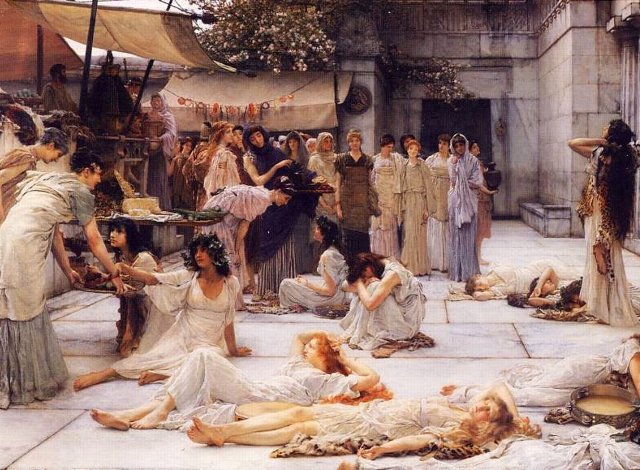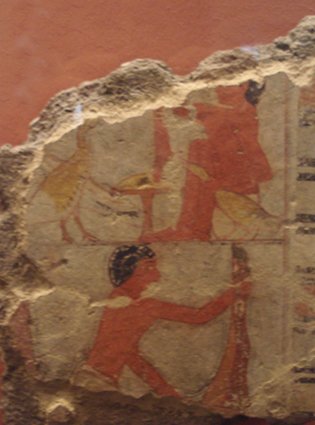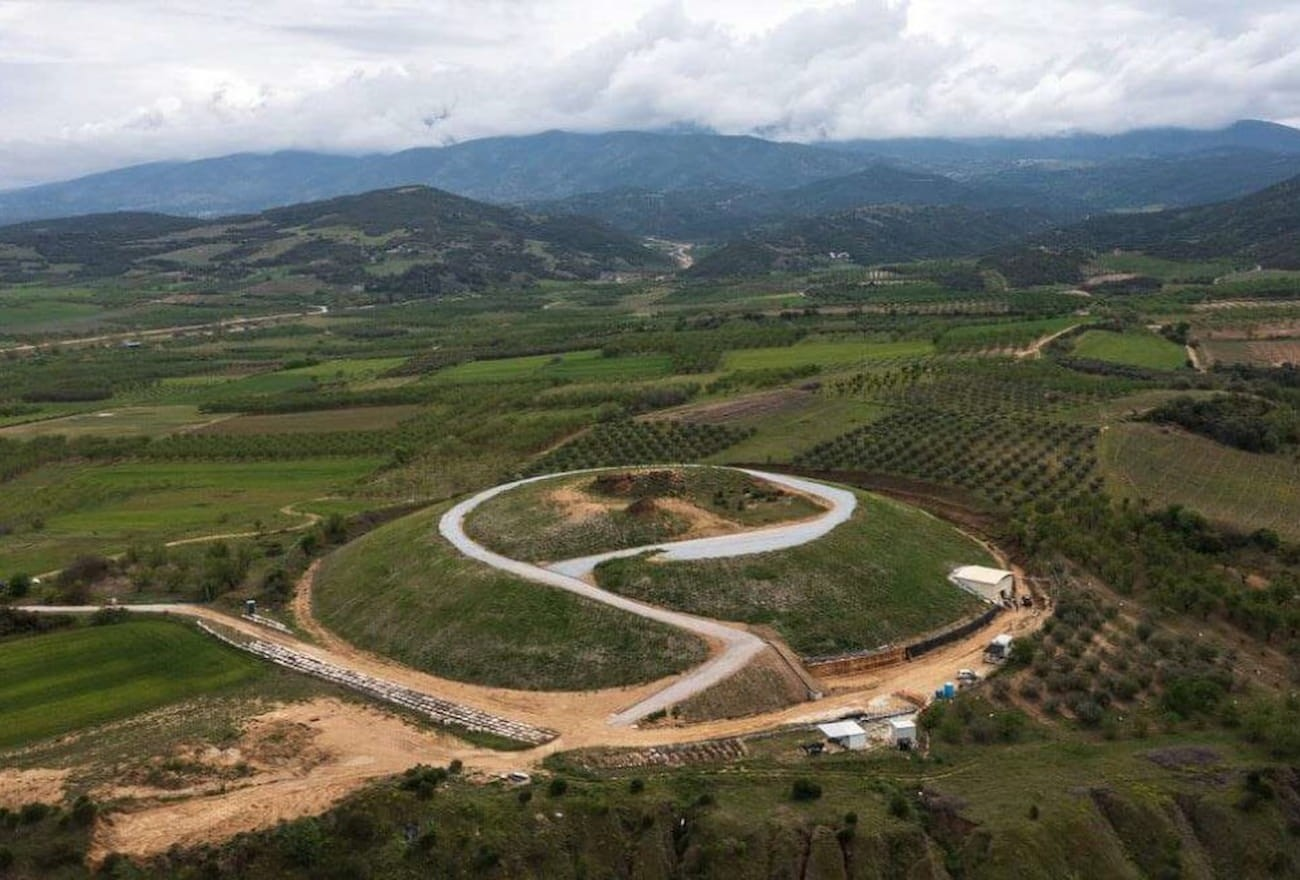The Roman poet Quintus Horatius Flaccus in one of his epistles wrote, "Graecia capta ferum victorem cepit," meaning that the crude and fierce conqueror, subdued the Greeks with arms, but the Greeks with letters and art civilized Rome and the whole of the then empire.
The increase then economic and mercantile exchanges between the two territories, now under the same reign, were fortified and increased exponentially.
It can therefore be assumed that the product whose history we are tracing came into close contact with the Roman empire at this time.
Certainly even earlier Rome was aware of the Greek culinary culture, but as mentioned above, goose fatty liver never represented an everyday food, but rather a whim and glitz of the rich in the palace.
And it is precisely during this period that it may have arrived in the empire's market.
A detail that reinforces this theory of ours, lies behind the figure of Marcus Gavius Apicius, the most important gastronome, cook, and writer that antiquity has ever seen.
An almost mythological figure in fact, given the paucity of information about his personal life, according to many a figure to whom cookbooks written by many different authors are credited, a kind of gastronomic deity.
Apicius' foie gras
Marcus Gavius Apicius, at the turn of the first century B.C. and the first century A.D., created real guidelines on feeding birds in order to obtain the best possible foie gras.
Within the collection "De re coquinaria," a bible of gastronomy considered by many to be the greatest gastronomic work in history, Apicius recounts how to sweeten the wild taste of the liver of these birds, it was necessary to feed the animal with figs.
This technique was so revolutionary that it also left an etymological trail behind it; enough to think that the word "ficatum", which means liver in Latin, takes its root from the very fruit that Marcus Gavio used to create his foie gras, the "ficum."
The arrival of the dish in France
As everyone knows, the Roman Empire extended to a great many territories in central Europe, including present-day France, called Gaul at the time.
Thanks to this rule we finally have the arrival of our protagonist in Gallic, French territory.
It was precisely the magnificent technique of the gastronome Apicius that made foie gras the protagonist at all imperial banquets, in every corner of Roman territory.
































